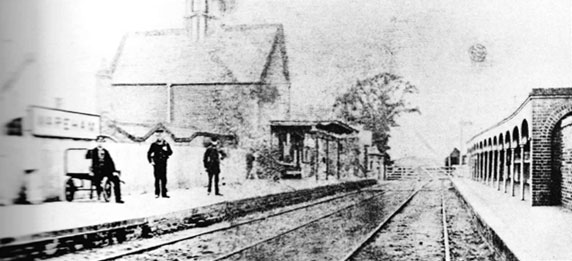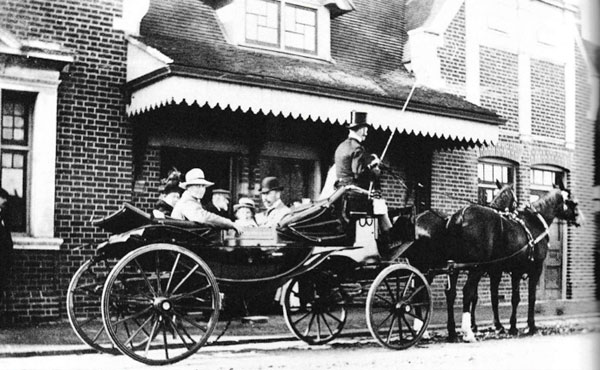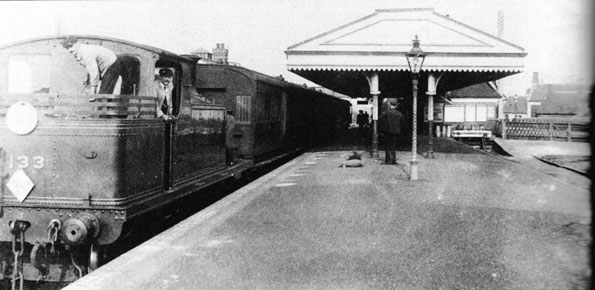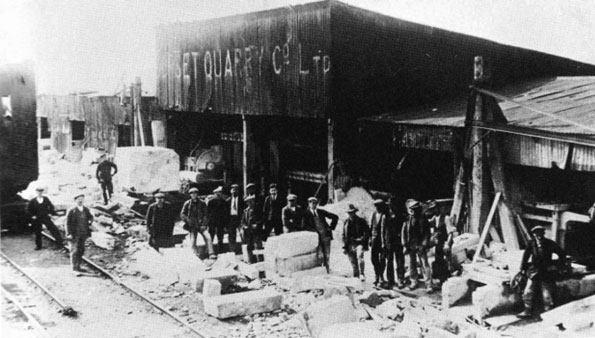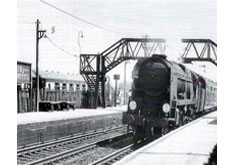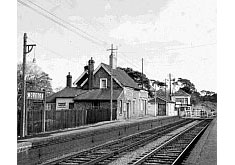
The History of Wareham Railway Station
In the Beginning
The Wareham railway station initially opened in 1847 but was later replaced in 1887 west of what was once a road level crossing. Since then, its function has been reduced to that of a solely pedestrian crossing as an overpass was built in 1973 across the railway line connecting to the main town. In 1988 the Dorset County Council and Network Rail signed for a 25-year term lease, with a further 25-year extension to give pedestrians access to the level crossing.
Initially the station had two platforms, the first (platform 2) served the southwestern railway line connecting Wareham to Weymouth and the second (platform 1) connected to London Waterloo. Platform 1 also serviced a branch line connecting to Swanage from 1885 up until 1972, when the line was decommissioned, with it being preserved and maintained as a heritage railway, operated by a dedicated vintage steam locomotive. The decommissioned branch line leading into Wareham has been allowed to overgrow to allow sanctuary for a variety of wildlife, in particular snakes.
Uses of Wareham Station
During the First World War, Wareham station was a nexus for military activity, magnified by the establishing of a military base often referred to as Wareham or Worgret, camp staffed by approximately 7000 staff who were often shipped between Wareham and Holton heath, and the royal navy cordite factory. As a result of its instrumental role in this dynamic, the southwestern line saw numerous nationalities as different regiments were staffed at the camp such as Australians and New Zealand (Anzacs). The camp closed in 1922 in favour of developing the Bovington installation.
Like Dorchester South, Queen Elizabeth passed through Wareham in 1979 on Friday March 23rd as she arrived in the sidings just west of Wareham town. The Dorset echo spectacularly reported on it the following day. The trains arrival at 12:59, was allegedly watched by 14 people and a dog, with train spotters present marking the locomotives number as -47 538, however due to the security surrounding the train the movements of the train have been made untraceable.
Outside of the wars, the Wareham line saw a variety of train traffic moving all kinds of materials, such as clay that had been excavated in Furze Brook, which was exported around the world for its unique properties. Wareham also saw the movement of oil, typically in huge 100-ton tanks, all extracted from Wytch Farm, which is 6 miles from Wareham. You can listen to Mike Preston talk about the oil tankers below. (Mike Preston oil tanker clip).
Another material transported was sand, sourced from Warmwell and Wool which was exported in conjunction with the construction contract of Wembley stadium.
In more recent years there has been the transport of radioactive materials typically irradiated soil, and machinery from a decommissioned nuclear reactor testing site in Winfrith to Somerfield processing plant for disposal. The Winfrith site opened in 1960 and closed in 1990 and is in varying state of demolition.
Credits:
Photos: New Station; Down Platform; Crossing – from Purbeck Camera book by Mike O’Hara and Ben Buxton
Photos: Quarry; Goods Shed – from Wareham, A Pictorial History book by Lilian Ladle
Photos: New Station; Down Platform; Crossing – from Purbeck Camera book by Mike O’Hara and Ben Buxton
Photos: Quarry; Goods Shed – from Wareham, A Pictorial History book by Lilian Ladle



